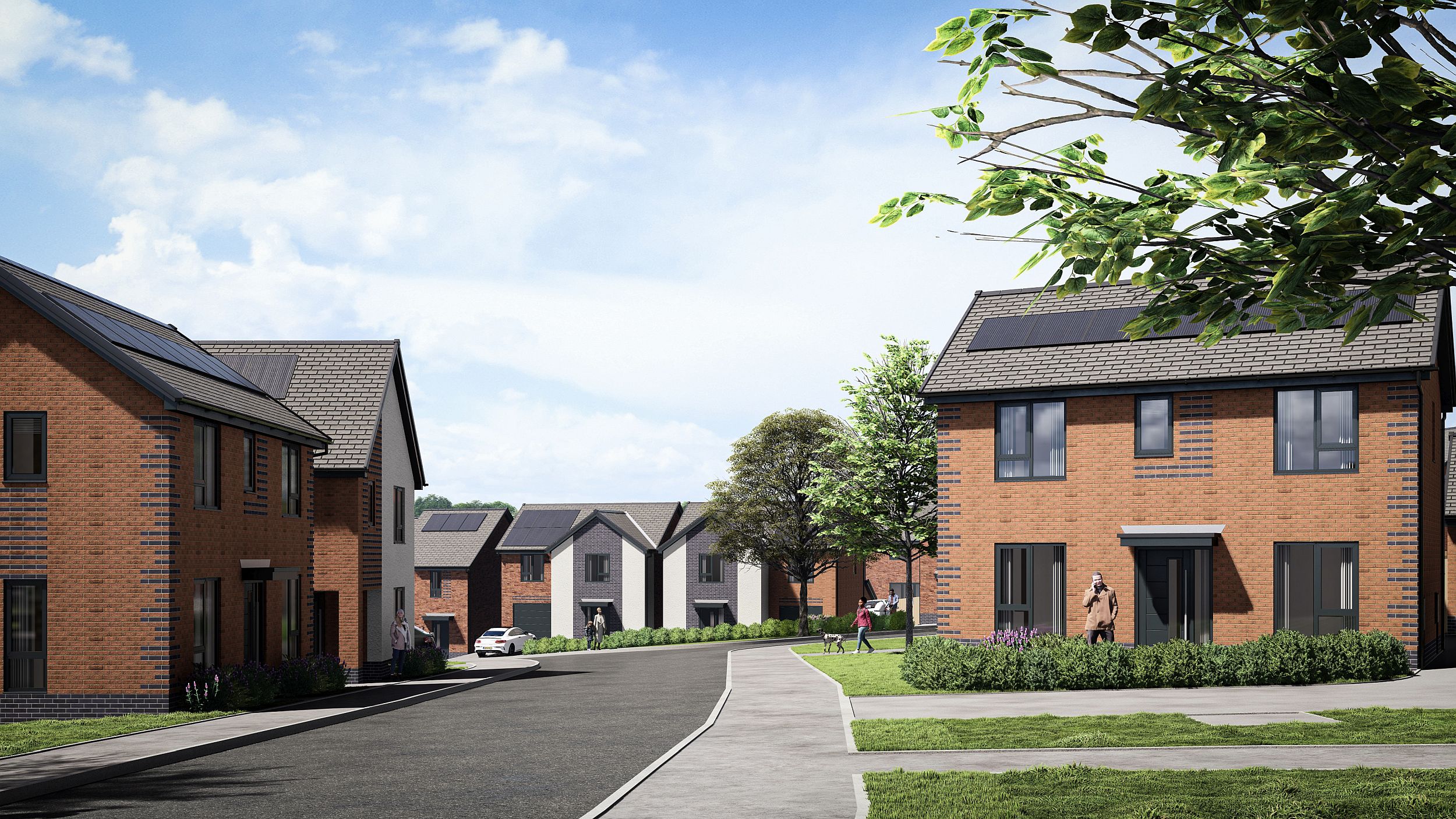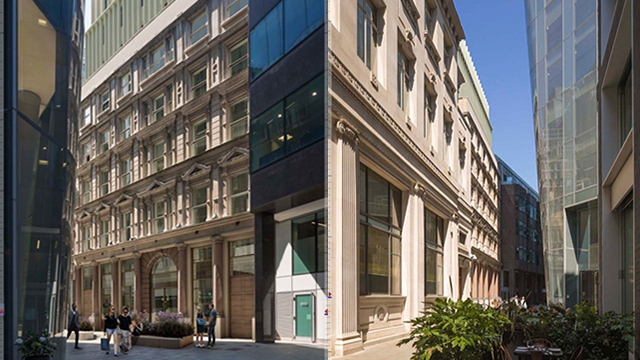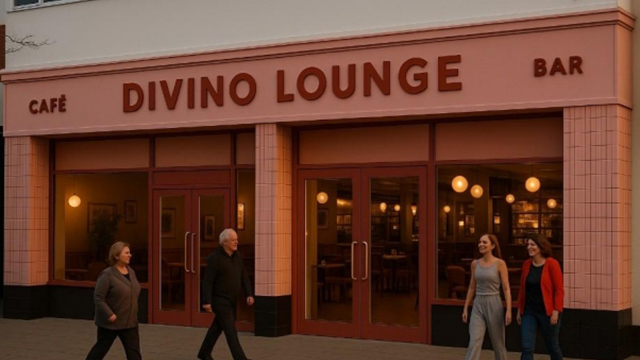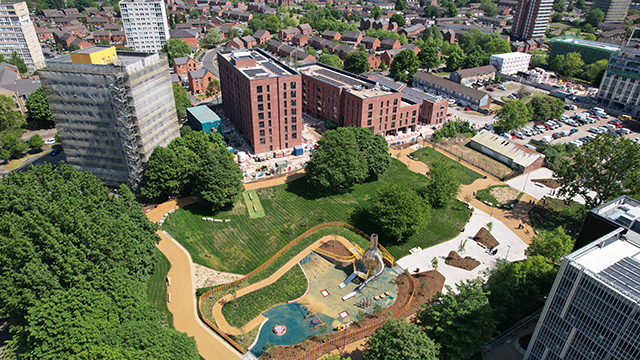COMMENT: This weekend, the world’s leaders, climate scientists and civil society organisations wrapped up COP24, the United Nation’s climate change conference, in Poland’s coal capital, Katowice, says Ed Fowkes, development director at Prosperity Capital.
The mood of this fortnight’s proceedings was urgency; both in terms of mitigating carbon emissions and adapting to the realities already set in motion, such as the recent Californian wildfires that erased whole towns off the map.

The backdrop for COP24 is grim. October saw the Intergovernmental Panel on Climate Change (IPCC), the UN body of the brightest and best climate scientists, release its 15th special report on keeping global temperature rises to below 1.5 degree Celsius. It made for somber reading and called on governments around the world to cut emissions on an unprecedented scale: a 50% reduction by 2030 and to reach net-zero by mid-century.
Although the emissions cuts outlined in the report are physically possible, the lack of global cooperation and progress to date raises questions over the feasibility of reducing carbon emissions at useful levels. In fact, carbon emissions are predicted to rise again this year, after several years of stabilisation.
Within the built environment, we see piecemeal efforts to address this issue, but nothing has managed to dent our carbon addiction. Our sector has a gigantic carbon footprint, amounting to nearly half of the UK’s total emissions, which is largely caused by how we build. But it’s not just the act of building that releases vast amounts of carbon into the atmosphere: a jaw-dropping 27% of the UK’s carbon emissions comes from built housing stock.
Older properties’ single-skin exterior walls are primarily responsible for this but judging by the latest government figures, which show only 2% of newly built public buildings meet the highest energy efficiency standards, this isn’t going to change anytime soon.
While reducing the carbon intensity of the construction process is essential, the priority should also be on building high-quality, energy-efficient homes in the first place. After all, we build once but reuse the dwelling every year. Such an initiative would have a dramatic effect on not only the carbon emissions of the built environment, but the emissions of the entire country.
When you frame the built environment’s carbon intensity as an issue of design and build quality, steep reductions become more plausible and have wider benefits. For instance, a greater prioritisation of energy efficiency favours emerging build technologies, such as offsite modular construction.
In layman’s terms, modular construction is where you manufacture homes in factories and deliver them to the site, already complete. While modular construction has won the support of government and industry to plug skills gaps and increase the speed of housebuilding, its green credentials are less appreciated.
By building homes in a controlled factory environment, the quality and level of insulation is consistent, so homes are more airtight. With the cost of insulation incorporated into the manufacturing process itself, the risk of it being ditched last minute to shave cost disappears. As a bonus, wastage is dramatically reduced as leftover insulation can go into the next person’s home, no matter where it ends up.
When you frame the built environment’s carbon intensity as an issue of design and build quality, steep reductions become more plausible and have wider benefits
Offsite’s green credentials shouldn’t squeeze traditional methods of construction out of the market. After all, delivering on housing and infrastructure targets will require scaled-up and improved traditional methods too, which have already proven they can deliver the highest level of sustainable homes.
To ensure that housing quality and sustainability is a priority for new-builds, the Code for Sustainable Homes must be reinvigorated and, where possible, made mandatory. Local authorities should make a Code 4 for Sustainable Homes the minimum requirement for their local plans, and architects and developers with proven track records of designing and delivering sustainable housing should be earmarked as preferred development partners.
If the build environment builds greener homes, residents will be rewarded both economically and environmentally. A home built to the specifications of Level 5 Code for Sustainable Homes, for example, can reduce energy bills for residents by a staggering 80%, while cutting carbon emissions from the house by 50%. If this requirements were rolled out nationwide, the economic and environmental implications could be huge.
Revisiting the Code for Sustainable Homes may incur additional materials costs for developers, but climate change is one of the defining challenges of our time.
The IPCC’s latest report is crystal clear: we must decarbonise our economy, fast. As the built environment is one of the most carbon-intensive sectors in the UK, we have a huge responsibility to bear. There are economic and social benefits of doing so, and our children and grandchildren will thank us for putting our heads above the parapet.










